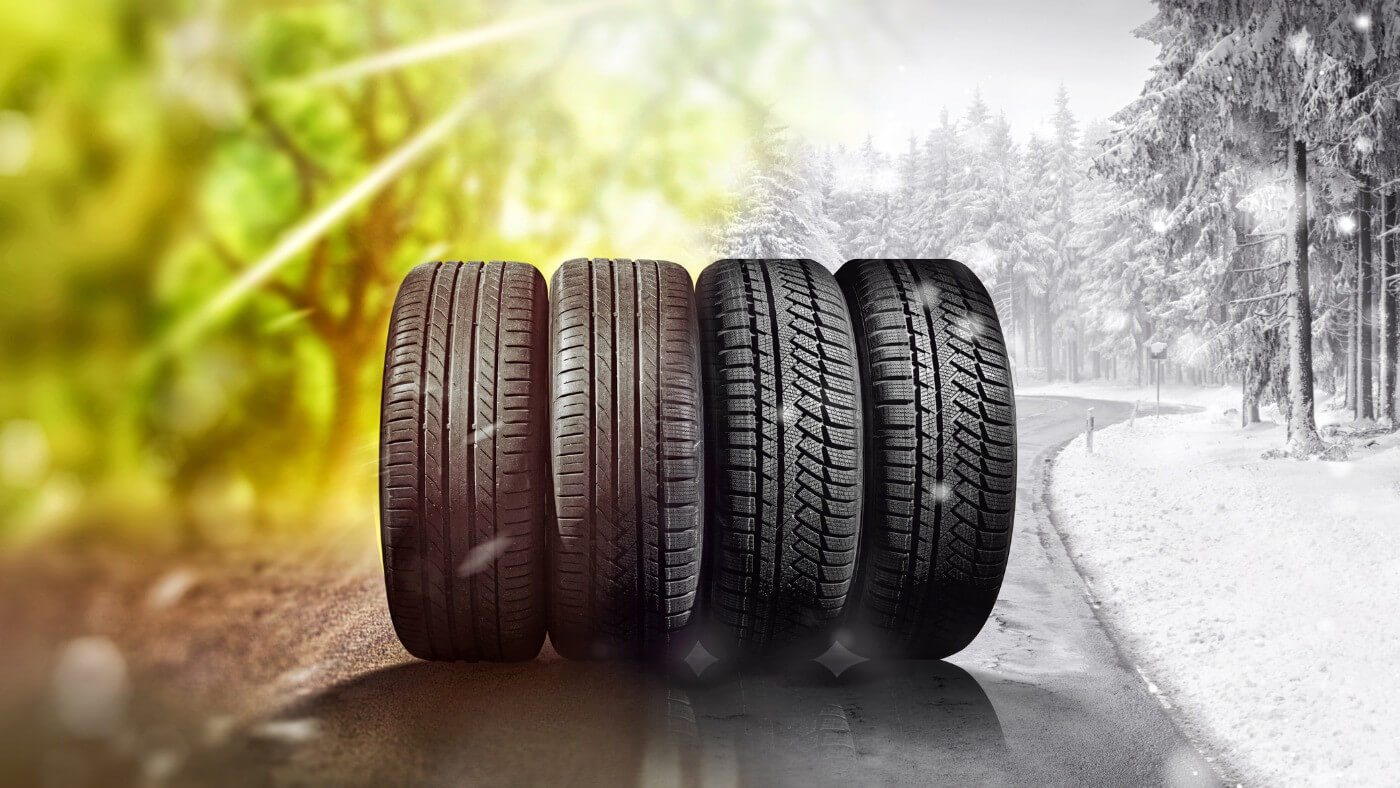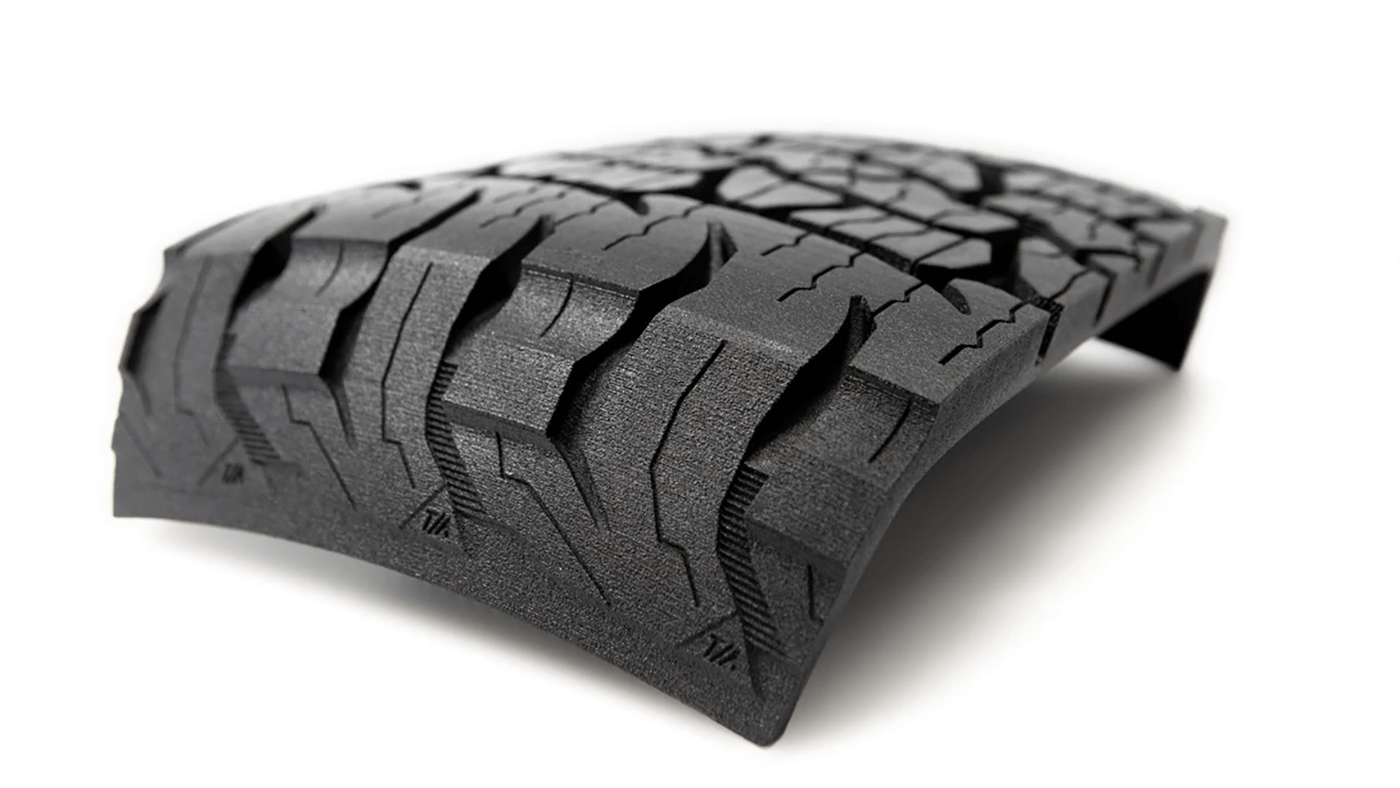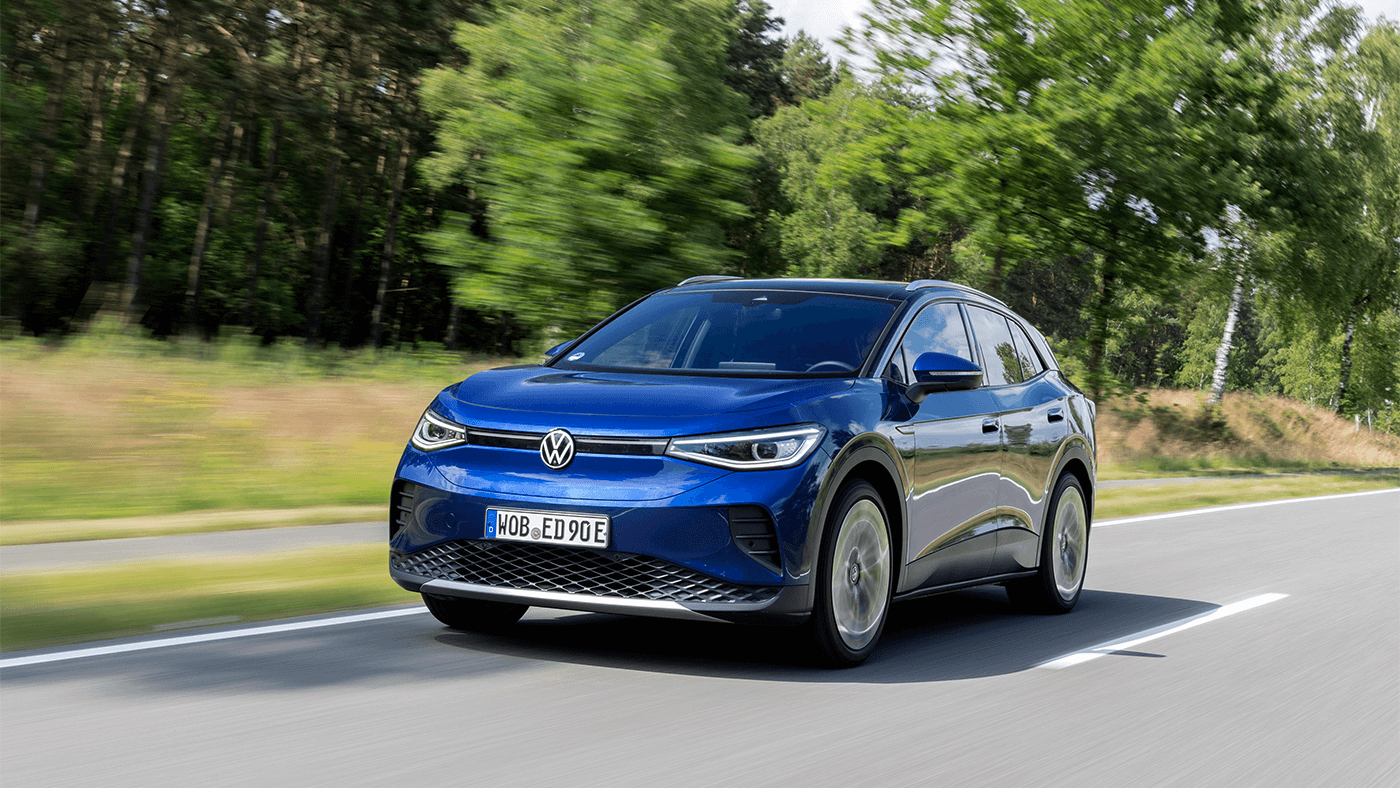The appellation is back, and it’s legal. As we know, certain parts of Canada, Quebec in particular, force drivers to equip their car with winter tires, or tires that are recognized as such. The small logo snowflakes and mountain affixed along the flank guarantees this acceptance.
But the name of all-season tires, which had been abandoned rather at the time of the obligation of the winter tires, came back. And many of these tires are now legal for the winter. But should you watch them?
What are all-season tires?
All-season tires provide extra traction in winter weather conditions. Those marked with “M + S” on the sidewall of the tire contribute to better traction. Although these tires work well on packed snow and mud, their performance on ice, slush or very cold climates is not guaranteed.
What are dedicated winter tires?
Dedicated winter tires carry the “three-pointed” mountain and snowflake symbol and make winter driving much safer. Dedicated winter tires can perform better in cold environments than all-season tires.
The nuances are important between the two. Four-season tires are made of rubber that reacts differently to temperatures. More resistant to heat, they will tend to harden from -15 degrees. Winter tires will generally be worry-free up to -40 degrees!
This difference is not the only one. In general, winter tires have a more aggressive design, better suited to snow and ice. They also have 3D slats that provide better grip on all types of pavement.
Better still, winter tires are usually more efficient when braking, reducing the distance needed by 30% on average. Which corresponds, at 100 km / h, to more than two lengths of car.
Four season tires are not useless. If you’re the kind not to ride in the winter, or very little, or you head to the South as soon as the snow comes, they are an interesting compromise. But to face the storms of January and the cold of February, better be well equipped.






